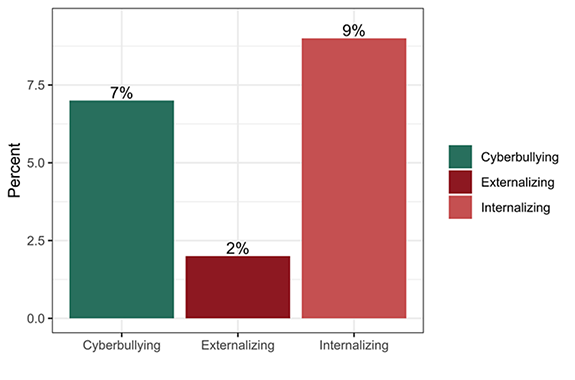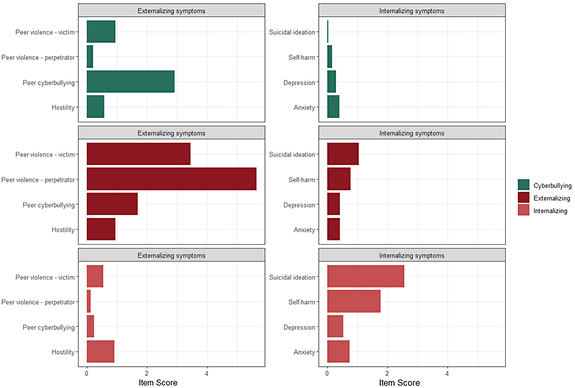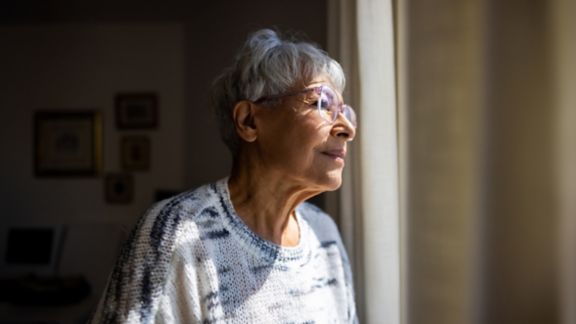A Snapshot of Students’ Social & Emotional Well-Being

Part of our Goal: Resilience collection, where NORC researchers share insights from their work in support of human resilience.
Author
Caroline Lancaster
Research Methodologist
Methodology & Quantitative Social Sciences
December 2023
Mental health and well-being are ongoing struggles for students as they navigate the pressures of academics and life in general.
Our team recently studied a social and emotional learning (SEL) program implemented in a Texas school district for 9th-grade students during the 2021-22 school year. As part of our investigation, we surveyed the students twice—once in the fall and again in the spring—to better understand the program and its effect on students’ mental health and well-being.
Using statistical modeling, we identified five distinct groups of students, each characterized by their specific strengths and challenges. Two large groups—around 80 percent of those surveyed—were doing relatively well and reported few difficulties.
Of the remaining students, (see figure below) 7 percent of students fall into the “cyberbullying” class. These students have an elevated risk of involvement in peer violence and cyberbullying. Another group, the “externalizing” class (2 percent), reports significant feelings of hostility and is highly likely to be both a victim and perpetrator of peer violence. Finally, the “internalizing” group (9 percent) comprises students with higher levels of depression, anxiety, self-harm, and suicidal ideation.

In the figure below, we show the average characteristics of the students in each of these three groups in all the areas we studied. On the left side are the “externalizing” symptoms. These are social and emotional symptoms that are directed outwardly toward others. On the right side are the “internalizing” symptoms, like depression and anxiety. As you can see, the patterns of symptoms vary widely across these three groups. The cyberbullying class, at the top in dark green, has the highest risk of peer cyberbullying. The externalizing class, in the middle in dark red, has a higher risk of being both a victim and perpetrator of peer violence. The internalizing class, at the bottom in orange, has higher levels of self-harm, suicidal ideation, depression, and anxiety.

The good news is that most of the students we surveyed reported that they were doing well and were managing the social and emotional challenges of adolescence during this period. This is particularly encouraging, given that our study took place during the COVID-19 pandemic.
However, it’s critical to acknowledge that 20 percent of students reported facing some sort of difficulties. In this study, we sought to identify groups of students with similar challenges.
There is a great deal of current attention to and concern about youth mental health. When we better understand the characteristics and challenges students face today, future interventions can provide them with tailored training and support to improve their resilience and emotional and social well-being, which may reduce the risk of violence and other adverse outcomes.
Citation
Lancaster, C. (2023, December 11). A Snapshot of Students’ Social and Emotional Well-Being. NORC at the University of Chicago. Retrieved from https://www.norc.org.






